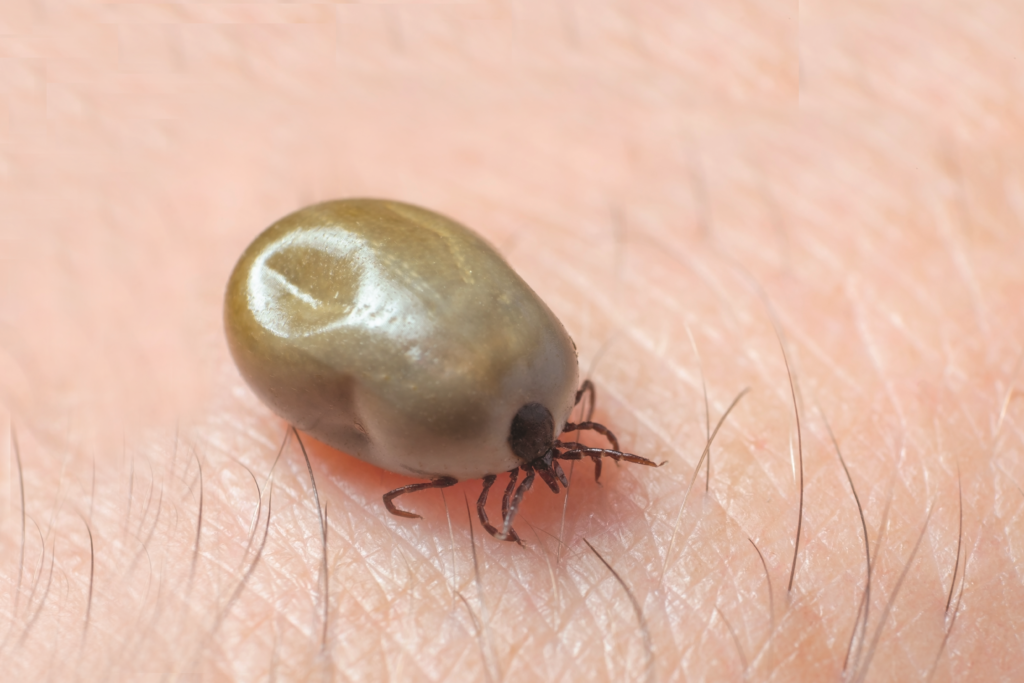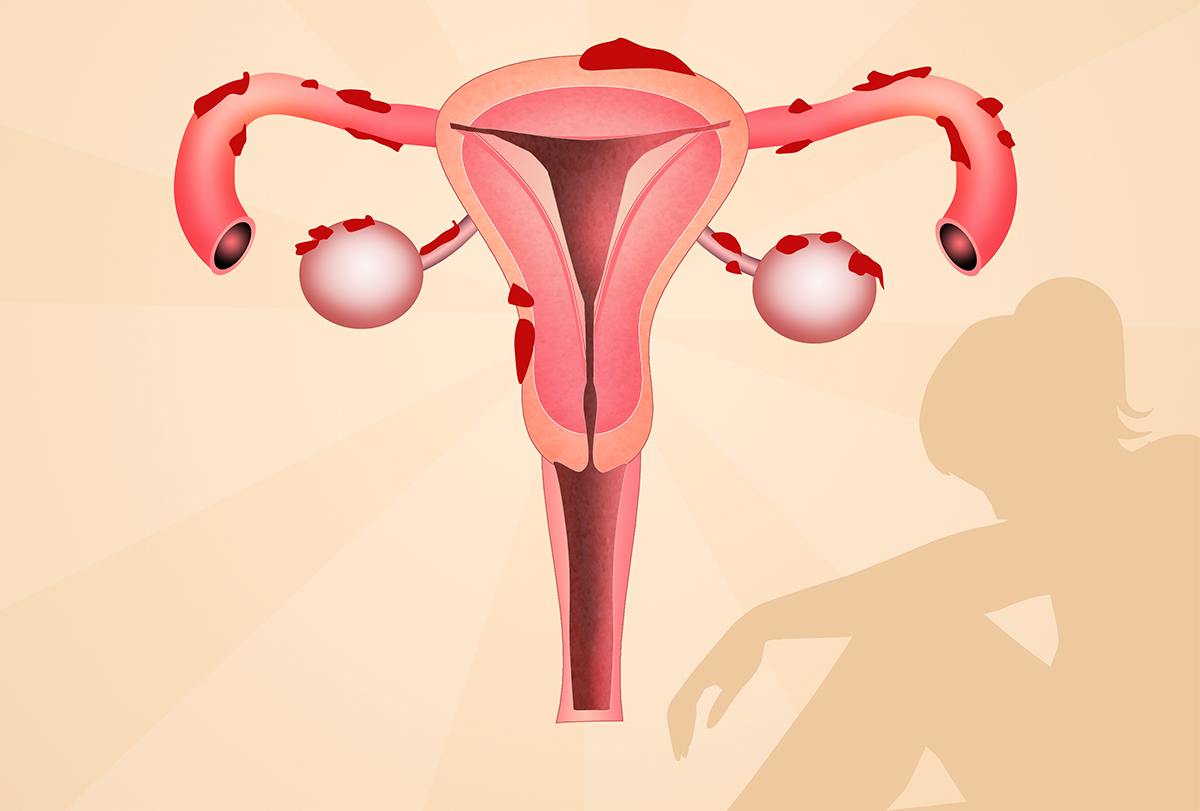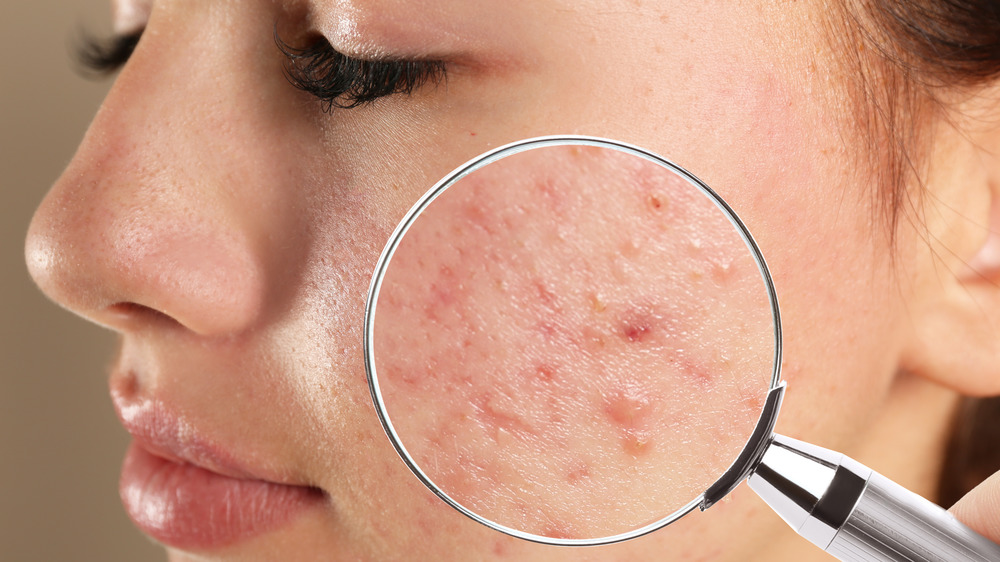Do you live near grassy or wooded areas and love spending time in such environments? If so, you are at a higher risk of contracting Lyme disease since the disease-causing deer ticks thrive in the areas. Failure to contact your doctor for expert assistance, Lyme disease may result in complications like facial palsy and chronic joint inflammation, mainly on your extensive joints like your knees. According to Jake Schmutz NMD, your symptoms’ severity significantly depends on the infection stages. While you are likely to have mild symptoms in your first few weeks, the progressive weeks may have severe symptoms, likely to affect your quality of life.
What are the primary causes of Lyme disease?
The condition results from bacteria (Borrelia burgdorferi and Borrelia mayonii) found in black-legged ticks (deer ticks). However, only an infected deer tick’s bite might cause Lyme disease. Additionally, the pest must cling to you for about 36-48hours. After the bite, the bacteria from the tick eventually enters your bloodstream through the bite’s site. You should suspect contracting the infection when the pest appears swollen, signifying extensive feeding hours.
What are the symptoms you are likely to have with Lyme disease?
Lyme disease might produce a wide range of symptoms when you fail to contact a healthcare professional for medical help. However, your symptoms will vary, depending on your infection’s stage. For instance, within approximately 30 days of the infection, you may have the following symptoms:
- Fatigue
- Fever
- Chills
- Headache
- Muscle and joint pain
- Rash or swollen lymph nodes
The Erythema Migrans (EM) rash that develops at the exact spot of the tick bite, might expand gradually to approximately 30cm across. Though the inflammation might not be painful or itchy, it might be warm to the touch.
Several weeks or months after the tick bite, you may have symptoms like:

- Facial palsy
- An irregular heart rhythm
- Dizziness
- Shortness of breath
- Nerve pains
- Inflammation of your spinal cord
- Numbness or a tingling sensation in your hands and feet
- Severe neck stiffness and headaches
- Additional rashes on various parts of your body
- Severe joint pain, especially on your knee and other large joints
What are your risk factors for developing Lyme disease?
Your residence or vacation destination, your profession, and the fun outdoor activities that excite you significantly predict your chances of getting Lyme disease. Therefore, you will most likely contract the infection if you:
- Spend most of your time in wooded or grassy environments.
- Expose your skin. Ticks easily attach themselves to bare skin. Therefore, protect yourself and your children in such areas by wearing long pants and long-sleeved tops. Additionally, if you are walking your pet, minimize the chances of your pet wandering in long grass and tall weeds.
- Delay to remove the tick. A tick’s bacteria is likely to enter your bloodstream if the pest continues to attach itself to your skin for approximately 48hours or longer. Therefore, your risk of developing Lyme disease might also depend on the length of time the tick stayed on your skin.
Since removing the pest promptly might minimize your infection risk, ensure you thoroughly assess your skin after walking in grassy or wooded areas. Additionally, call your doctor when you suspect a tick bite for professional assistance.














